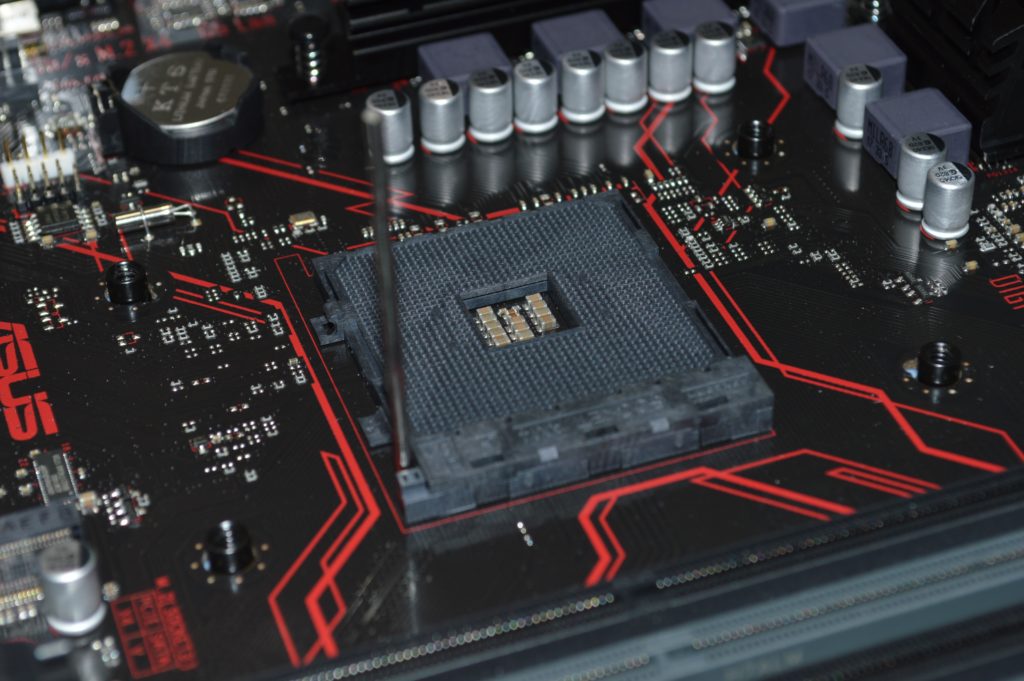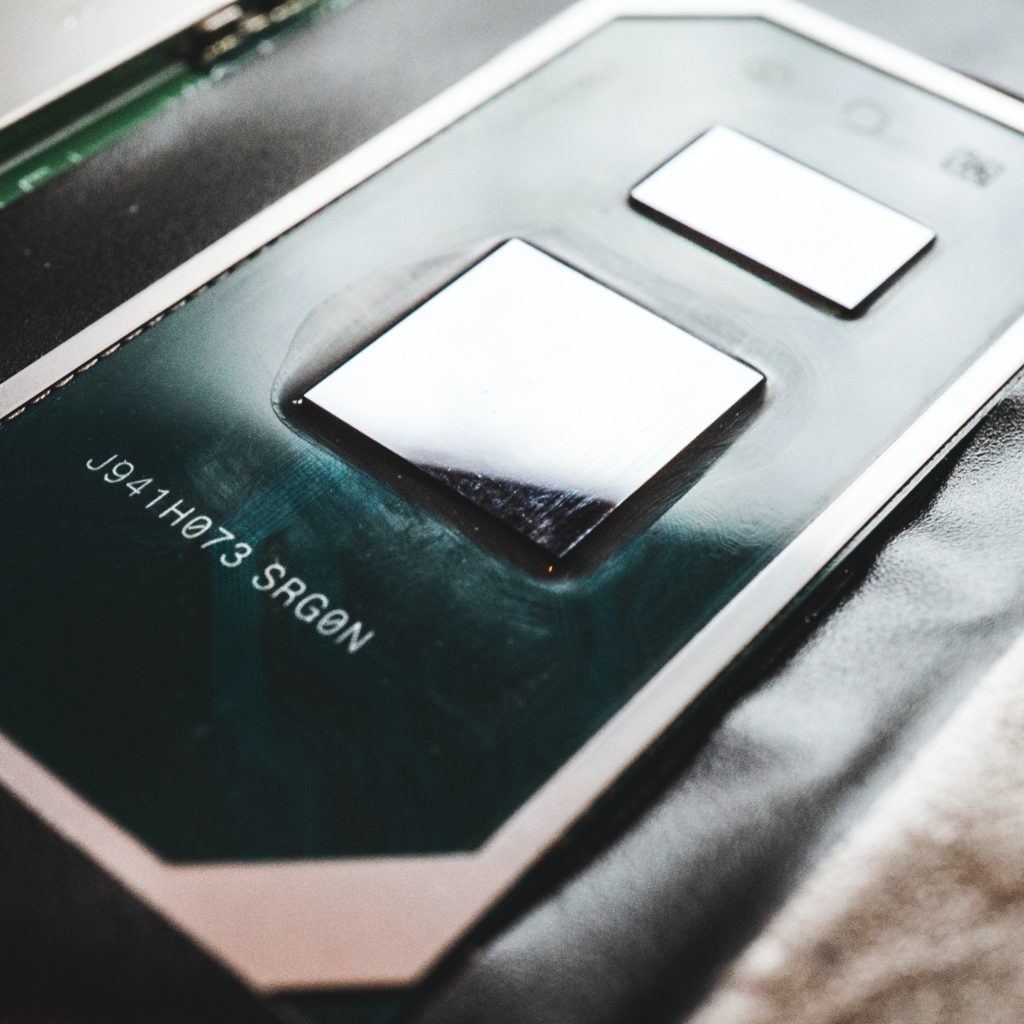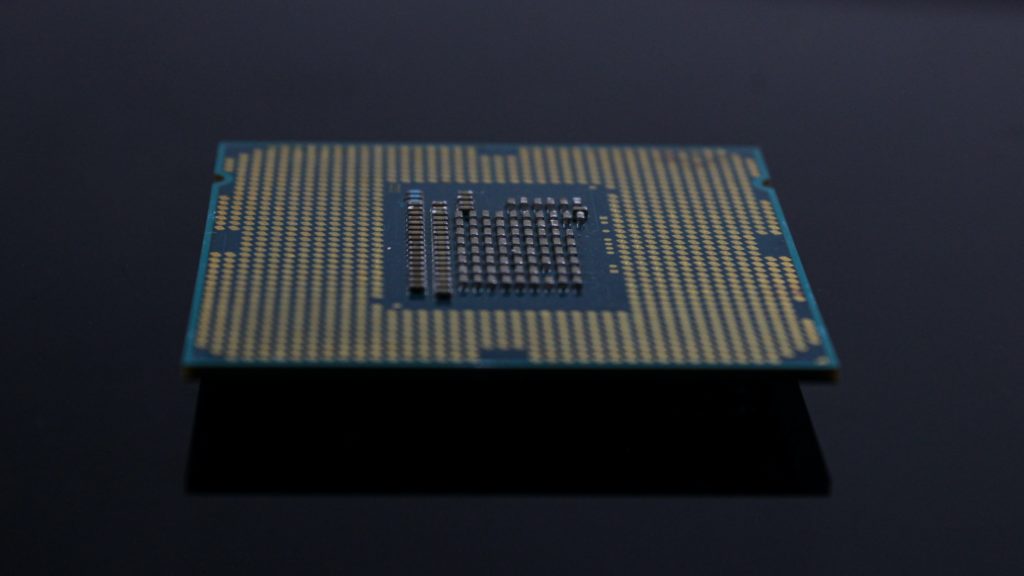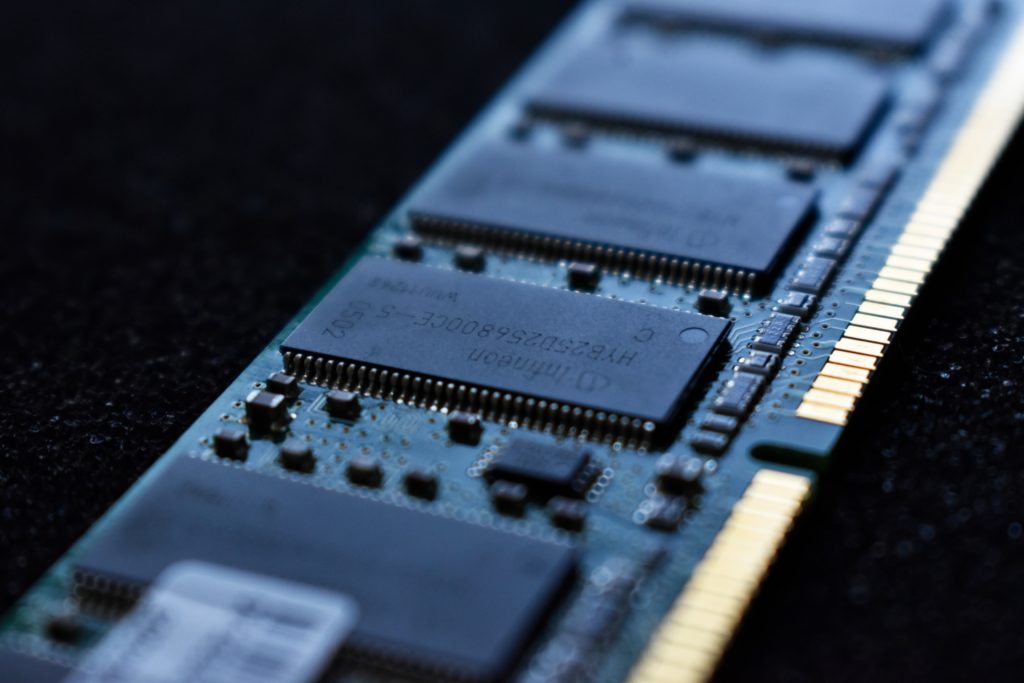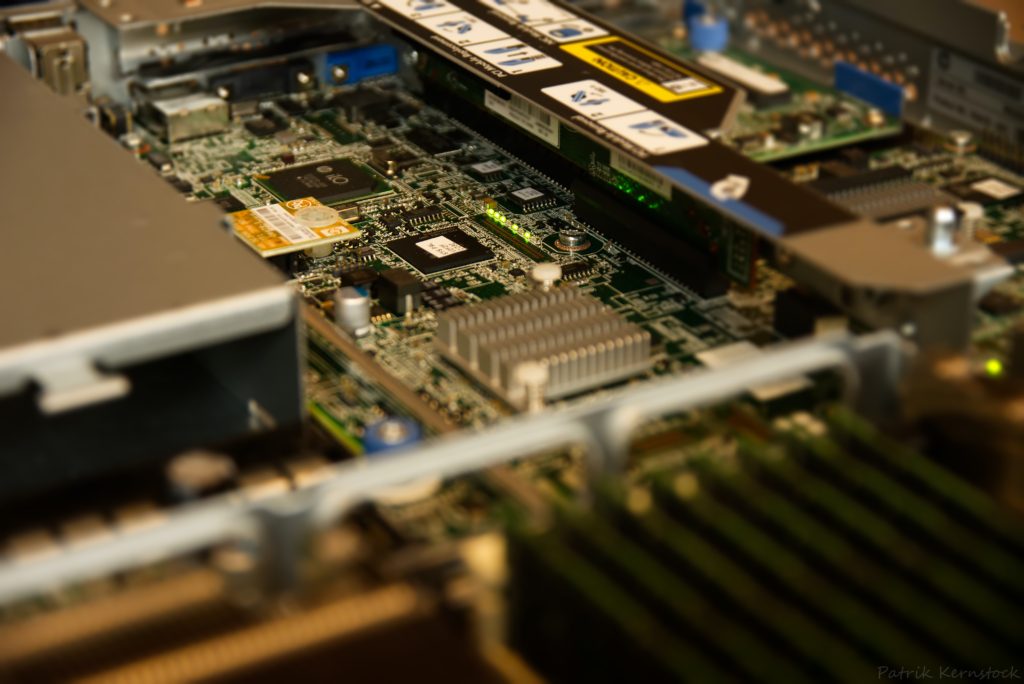Photo by Thomas Jensen on Unsplash
THE IMPACT OF SEMICONDUCTOR CHIPLETS ON DESIGN
The process of developing chiplets based silicon chips (mainly XPUs) demands new semiconductor design and manufacturing methods. These methods are not drastically different than what the semiconductor industry developed in the last few decades. Still, the product development steps have to adopt to ensure chiplets are a success in the long run.
These changes impact both the semiconductor design and manufacturing stages. Thus, both the design and manufacturing companies need to take a fresh look at how to approach chiplets inspired products so that all such products still meet industry standards without compromising on the quality,
Disaggregated: Chiplets demand N number of chiplet to get designed individually, and during the post-manufacturing stage, this N chiplet needs to work together as a single system. It requires designers to simulate the chip at the die/chiplet level and then at the chiplets (as a single system) level. It is not a new process, but when it comes to complex chiplets inspired products (XPUs based on chiplets), there is a high risk of design escape.
Rules: At the individual die or chiplet level, design rules today are more robust than ever. Couple this with the designer’s experience, and the error rate goes to near-zero. However, chiplets will work if the integrated chiplet will. It makes the application of design rules at the chiplets level critical, and that too without any design rule escape. Simulation and verification certainly try to reduce such issues. In reality, there will be lessons learned when it comes to design rules escape at the chiplets level.
When it comes to semiconductor design, the fundamental approach that chiplets changes are the disaggregated way of designing the same chip that otherwise would have been a single design file. Another impact is the design rules that ensure there is never an escape, but that also requires a fresh outlook for chiplets way of designing.
Semiconductor design so far has been more about single-die design. With chiplets, the level of design complexity increases tenfold. However, the complexity and the impact of chiplets are not only limited to the semiconductor design. Semiconductor manufacturing also has to go through process-level changes to ensure that the manufacturing aspect of the chiplets does not become a show stopper in the long run.


THE IMPACT OF SEMICONDUCTOR CHIPLETS ON MANUFACTURING
The impact of chiplets is also applicable to the semiconductor manufacturing aspect of semiconductor product development. The primary reason is again the disaggregated way of designing. In the end, chiplets are an integrated system, and making it work at the semiconductor manufacturing stage is more complex than it seems.
The two critical impacts of chiplets on semiconductor manufacturing are capacity handling and managing integration (assembly mostly). These two impacts also mean a new outlook towards supply chain management.
Capacity: Fabricating, assembling, and testing N number of chiplet to form a single chiplets does demand a new approach towards manufacturing capacity planning. The planners have to track and trace each and every chiplet that will become part of the chiplets. This may not have a very drastic impact on the capacity, but from the supply chain point of view, chiplets certainly bring a new level of complexity (and opportunity). Given the final part of the manufacturing occurs at the back end side (assembly/testing), error-free planning and traceability are required to capture any kind of manufacturing escapes.
Integration: Integrating several chiplet to create a single chiplets is not an easy task. On top, to ensure the manufactured chiplets meets industry standards, the semiconductor manufacturing companies have to create a new set of process that drives the fabrication and assembling of chiplets based products. As more semiconductor design companies opt for the chiplets process, the need for a new integrated manufacturing system will increase, and this demands semiconductor manufacturing companies to be ready ahead of time.
The race to provide solutions beyond Moore’s law demands new approaches. Chiplets is one such technology and requires a fresh outlook towards semiconductor design and manufacturing. As more semiconductor companies opt for chiplets and similar heterogeneous packaging solutions, the need to adapt the semiconductor design and manufacturing aspect will change.
In the end, chiplets will push the semiconductor industry towards a new era, and hopefully, the long-term impact is nothing but all positive.
